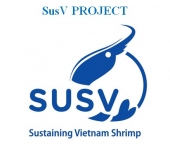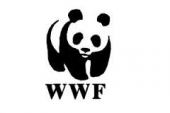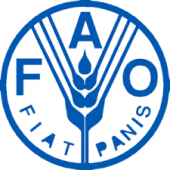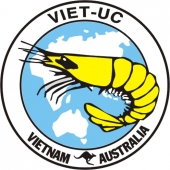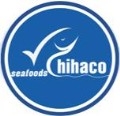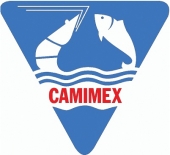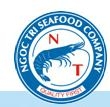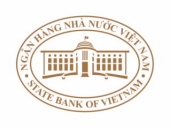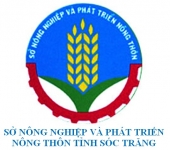n 2015, Vietnam's fisheries sector is forecast to continue the great success of 2014.However, the high fluctuation in market created difficulties for import-export and domestic production (both in farming and exploitation). These 10 following events would give an overview for the whole year.

Pangasius export in 2015 is estimated at $1.6 billion.
1. The total exports fell significantly
$6.7 billion is the seafood export value in 2015 nationwide, declines by 14.5% compared to the same period last year. Poor consumption and exchange rate fluctuation had a strong impact on Vietnam's seafood export. Particularly, only sea fish exports increased by 5% compared to the last year, the remaining three main products, which are the shrimp, pangasius and tuna fell sharply in its export value. Remarkably, in 2015 Vietnam's seafood is exported to 164 markets, but exports decreased in 163 markets with average rate range 3-27%, except for ASEAN with an increase of 8%.
2. Fishermen’s safety
Out to the sea, a sudden storm could be permanent danger of fishermen. In addition, there is also pirates, mostly strange boats from China. Each year, hundreds of fishermen boats is damaged because of these accidents. According to Vietnam Fisheries Resources Surveillance, from the beginning of the year to mid-September, there are 38 accidents/38 ships / 281 fishermen of Vietnam being damaged. It is time Vietnam government should launch emergency solutions to protect the fishermen at sea.
3. Decree 36 Amendment
After Ministry Agriculture and Rural Development (MARD) has proposed ice to fish ratio, moisture content and some other contents in Decree 36, the Government has approved the amendments. Accordingly, the maximum ice to fish ratio is 20% and moisture content 86% until 31/12/2018 and from 01/01/2019, applied official ice to fish ratio of no more than 10 % and moisture content of 83%. Besides, the time to apply certified VietGAP is delayed to 31/12/2016 for those raising pangasius for commercial purpose.
4. Shrimp industry’s turmoil
According to VASEP, 2015 shrimp exports reached only $3 billion, declined $1 billion compared to 2014. Despite sharp decline, but shrimp remains no. 1 share of the export value, which accounted for 44 %. Whiteleg shrimp and prawn account for 58% with 33% with $1.7 billion respectively. Exports to all major markets reduced significantly. There are many reasons including the impact of foreign currency devaluation in some countries that export seafood to. Moreover, that USA increased the antidumping duty on shrimp also makes it more difficult to export.
Additionally, the domestic production is not easy when the weather is unfavorable for shrimp farming. Farmers face double loss due to unfavorable weather and price.
5. Pangasius downward trend
Pangasius export in 2015 is estimated at $1.6 billion, decreased by 10% compared to 2014. Most major markets such as EU, USA face a reduction in export value while export figure to China maintains steady growth of 50%.
In the country, farmers experienced loss because fish price does not increase throughout the year. Fish price is at around 20,000 VND /kg. In this case, farmers who have enough capital and favorable crop can be break-even, while the majority have loss because fish price is below the production cost (at 22000-23000 VND/kg). Moreover, farmers who raise fish seed are not happy due to remarkable fall in price.
Vietnam pangasius export are at risk of losing US market as the country officially adopted the Agriculture Act of 2014 (Farm Bill), which requires of catfish products to meet the same standard as local products. Obviously, it is impossible for Vietnam catfish.
6. Seafood quality’s warning
According to the Department of Animal Health, in first nine months, 8000 tons seafood is returned due to violation. Most of them are frozen shrimp, frozen fish fillet and cooked clam. They have antibiotics, harmful microbial infection exceeding the standard level or germs in shrimp (white spot, yellow head..) which require to be published according to OIE’s regulations. Department of Animal Health said that the return situation became more serious in 2014 and 2015.
7. Raw seafood material imports increase
According to VASEP, in the first 10 months, Vietnam spent 1.05 billion USD to import raw seafood material, increase by 2.5% compared to the last year. In particular, shrimp import account for the highest proportion of 42% (455 million USD), followed by tuna and other sea fish.
In the context of global integration, import and export are normal activities but in the long term it may cause harm to domestic production. Domestic enterprise would put pressure on price because they no longer depend on domestic seafood supply. Therefore, farmers will not have profit and they quit. Consequently, the dependence on raw seafood material import goes up.
8. Food safety year
MARD identified 2015 as year of food safety in agriculture targeting at creating visible change in agricultural and seafood product. This year, the whole industry monitors chemical residues, antibiotics in livestock, poultry, and aquaculture product of 10% rate. With this control, most enterprises hope to have upward trend in export, quality and credibility.
9. Opportunities for Vietnam fisheries sector after TPP
According to Ministry of Industry and Trade, TPP will form a free trade area, which account for 40% of the economy and 30% of the global trade with 800 million people. TPP is expected to generate a leap to boost Vietnam export and competitiveness. In seafood industry, 11 members in TPP include USA, Japan, Canada, Australia, Singapore, Mexico, Malaysia, New Zealand, Chile, Peru and Brunei are all strategic partners of Vietnam seafood market. In 2015, export figure to 11 mentioned countries reached 3 billion USD, equivalent to 46% of total export.
10. Cold water fish planning
On 11/8/2015, MARD issued Decision No. 3195 on cold water fish development planning until 2020, 2030. This aiming at developing cold water fish production to create high quality products with competitive price that meets consumption and export demand.
Until 2020, fish production will meet 70 – 80% of domestic consumer demand. Fish egg reach 3-5 tons per year, export value of about 10 million USD. Until 2030, fish production can supply 100% domestic demand. Fish eggs reach 15-20 tons per year, export value of about 40-50 USD.
Dung Nguyen
Source: thuysanvietnam.com.vn
ICAFIS - Corporate social responsibility in fisheries (CSR)

